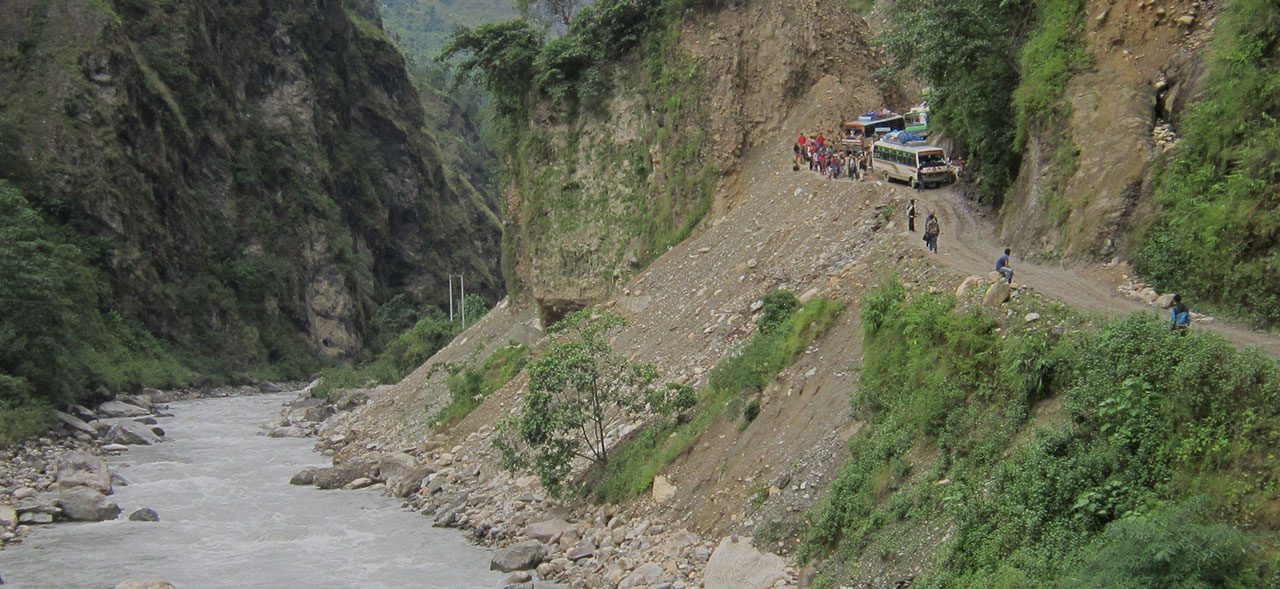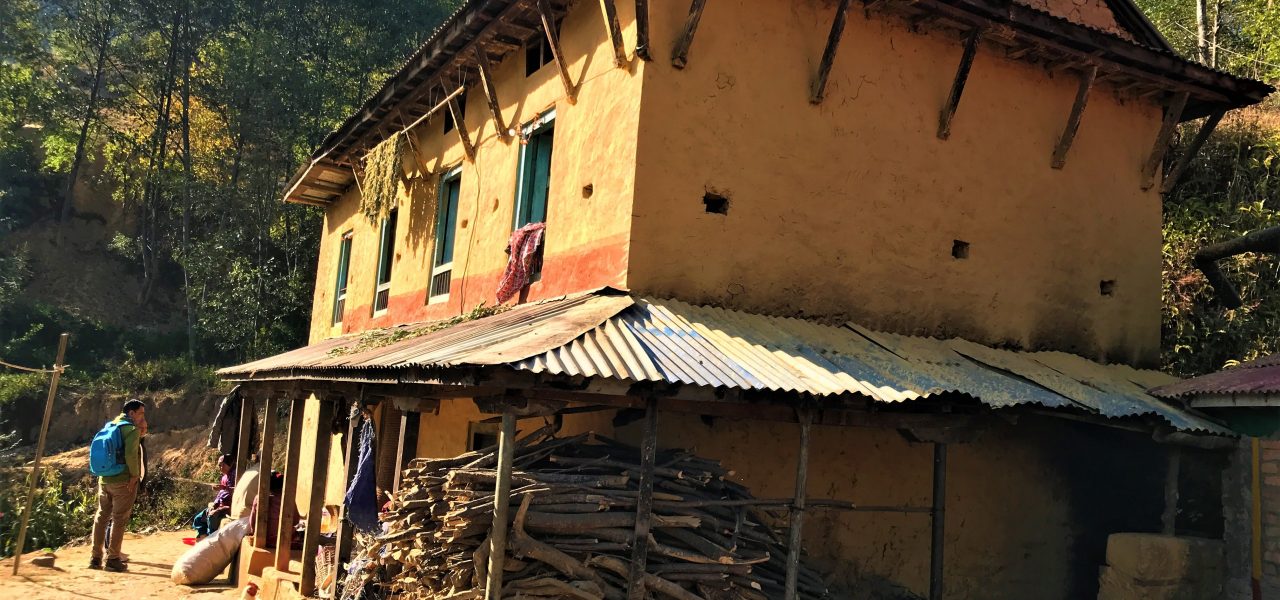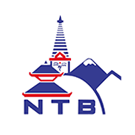Overview of the Lower Mustang Loop Trek
The Lower Mustang Loop Trek is a captivating route in Nepal. It explores the ancient, culturally rich Mustang region in the northern Annapurna area. This trek offers a blend of stunning landscapes, traditional Tibetan-influenced culture, and remote villages with a rich history. Trekking through this region lets you experience the unique combination of nature, history, and culture that has made Mustang a must-visit destination for adventurers.
The trek passes through the world’s deepest gorge, Kali Gandaki. Along the way, you’ll enjoy breathtaking views of mountains like Annapurna, Dhaulagiri, Hiuchuli, Nilgiri, Machhapuchhre, and Tukuche. These stunning peaks stand tall against a dry, arid backdrop.
The journey also lets you explore the southern edges of the Tibetan plateau. This area is characterized by rugged terrain and dramatic landscapes. The trek takes you through lively villages that maintain a strong Tibetan culture. Here, you will find monasteries, fortresses, and ancient trading routes. You’ll also visit sacred sites like Muktinath, one of Nepal’s holiest Hindu pilgrimage destinations.
Trekkers can enjoy magical sunrise and sunset views. These moments illuminate the towering peaks, creating unforgettable memories. The trek is moderate in difficulty, making it suitable for trekkers of average fitness. It doesn’t reach high altitudes, which makes it a more accessible adventure. Yet, it still offers epic landscapes and rich cultural experiences.
In addition to the physical journey, the Lower Mustang Loop Trek offers insight into the history and culture of the Mustang region. You will learn about its role in ancient Tibetan trade routes. The trek is perfect for those seeking a less strenuous adventure that is still rewarding and memorable.
For those with limited time or those seeking to explore a more remote area of Nepal, this trek offers the perfect balance of adventure, culture, and natural beauty. For more information, please email us at info@nepalsanctuarytreks.com.























